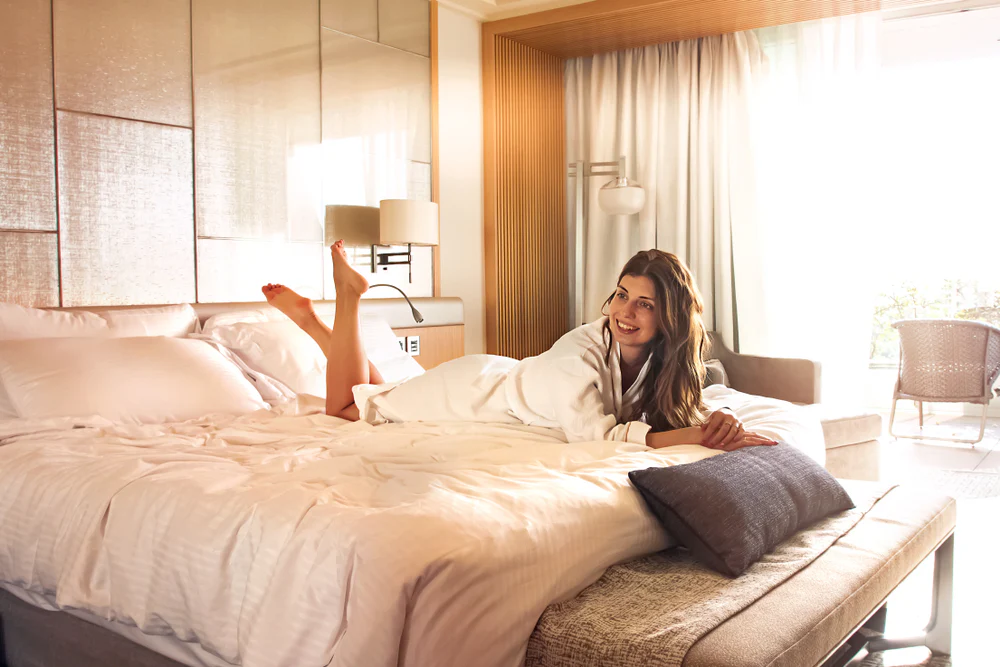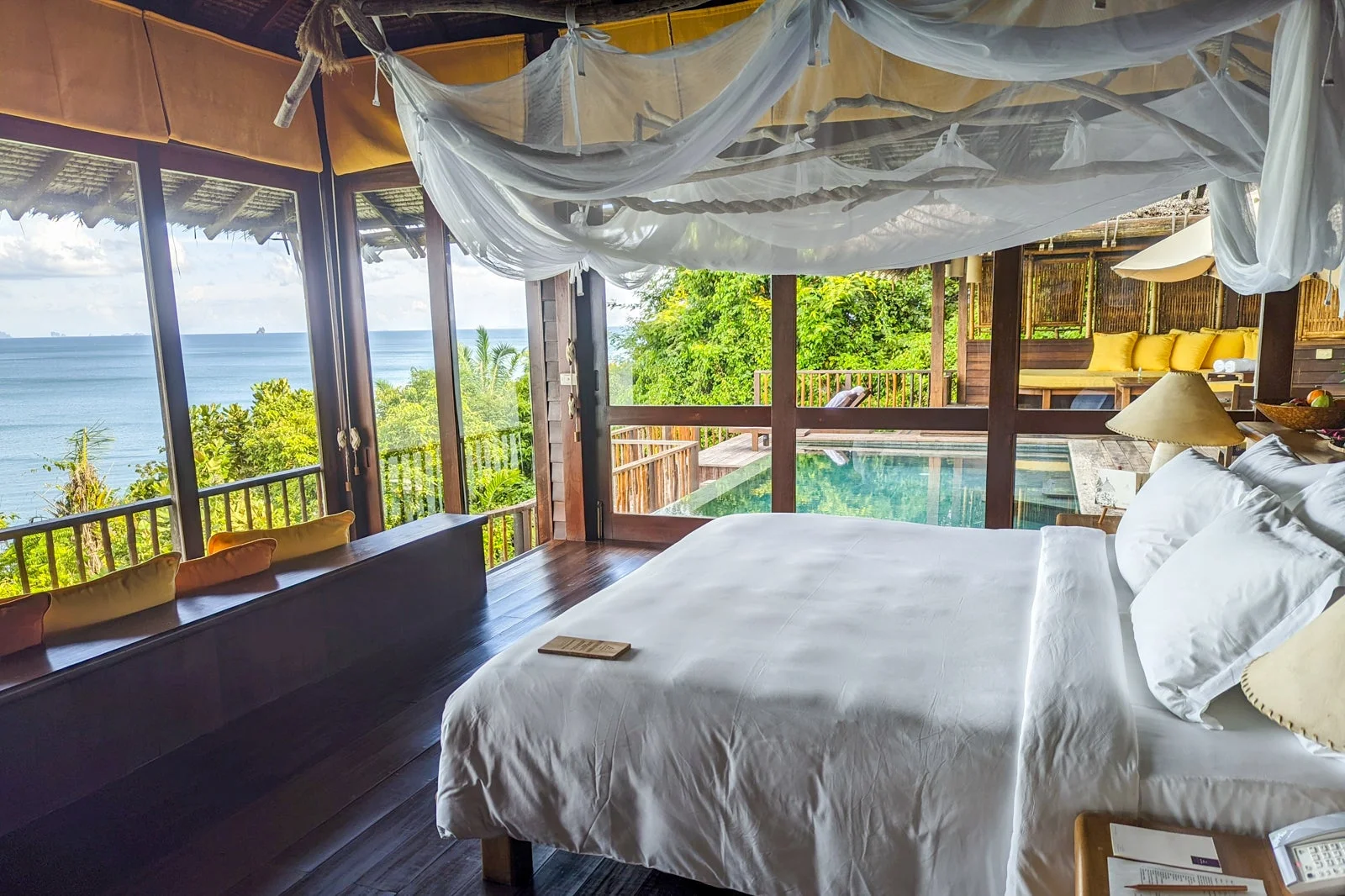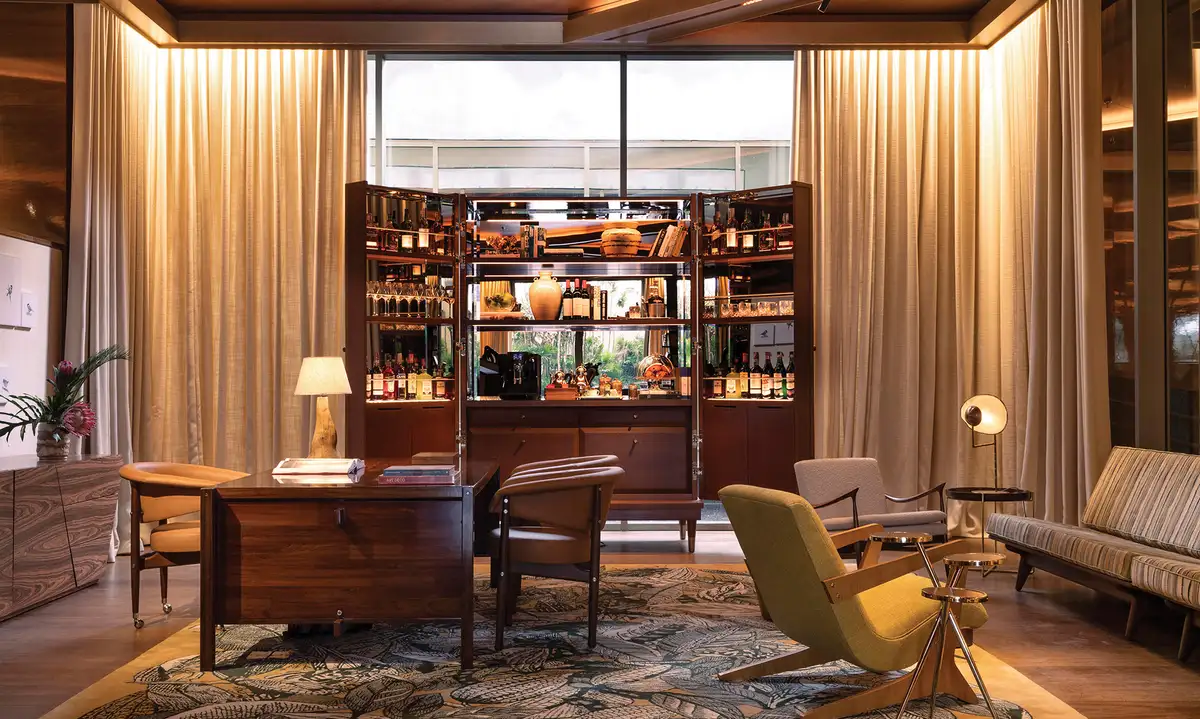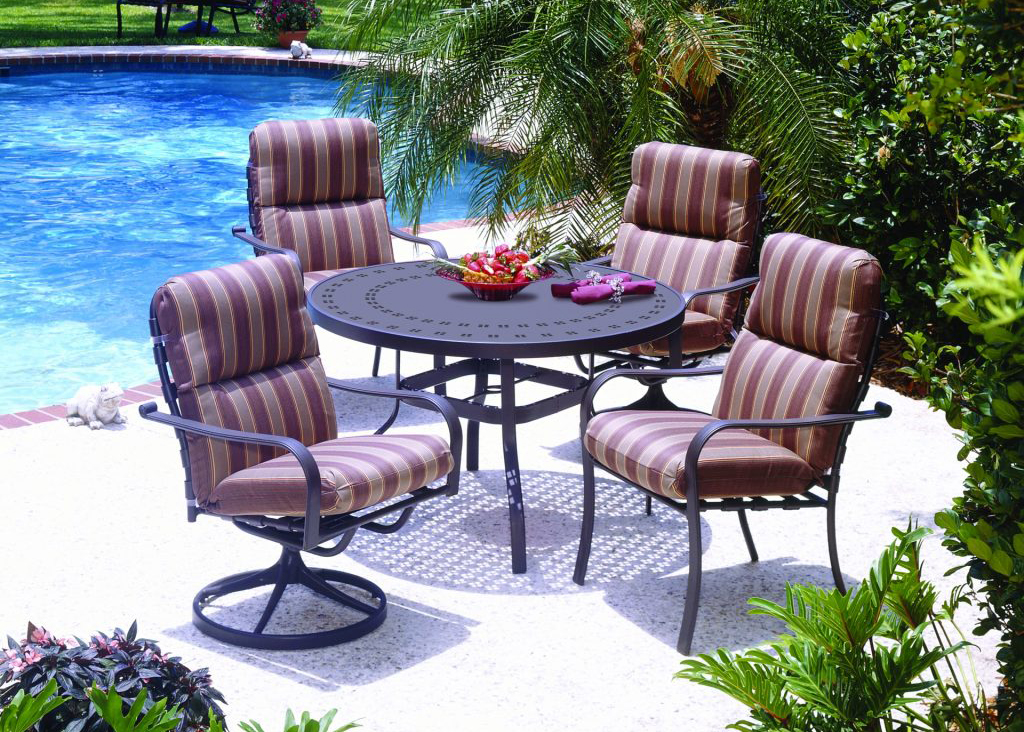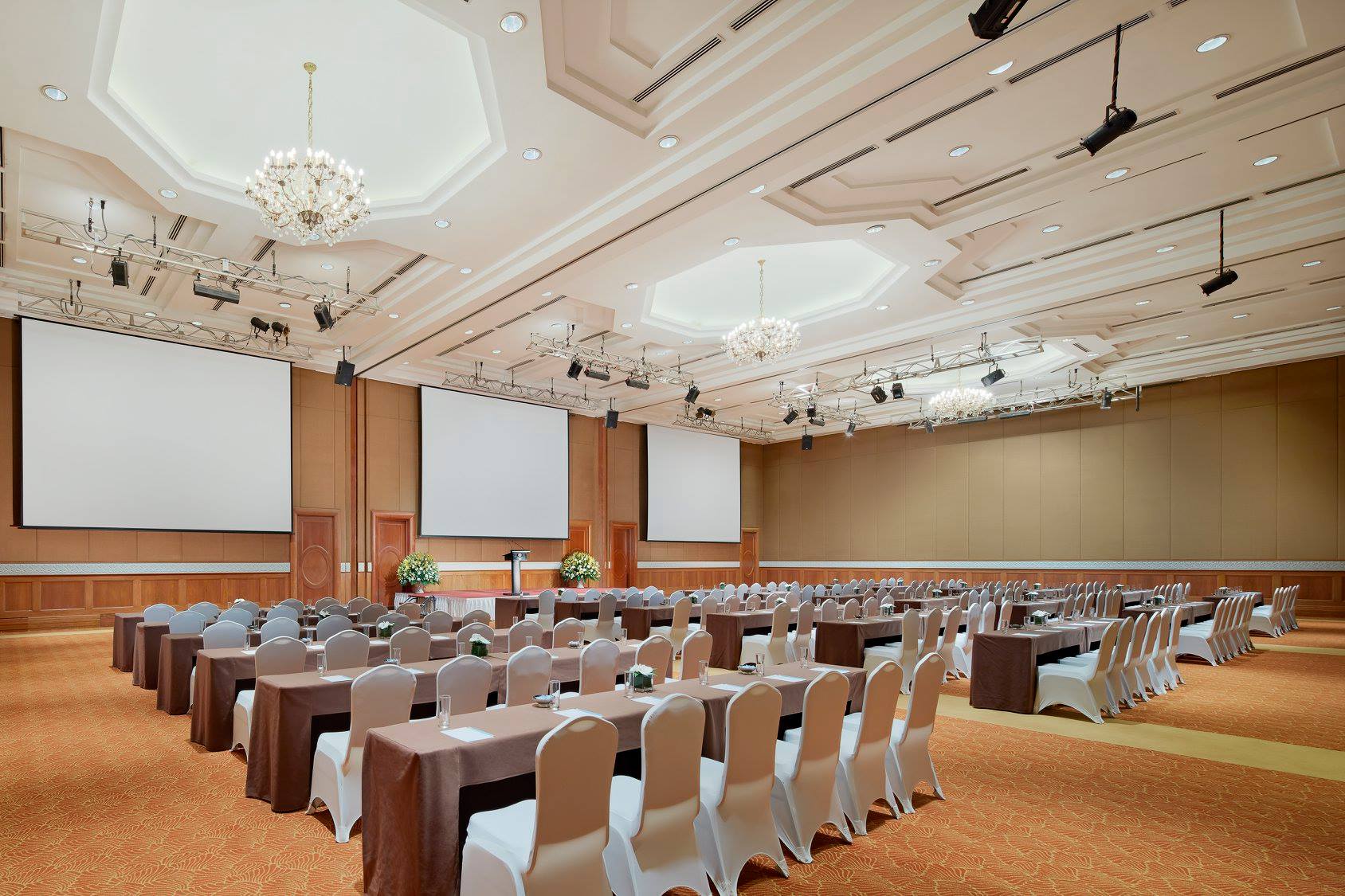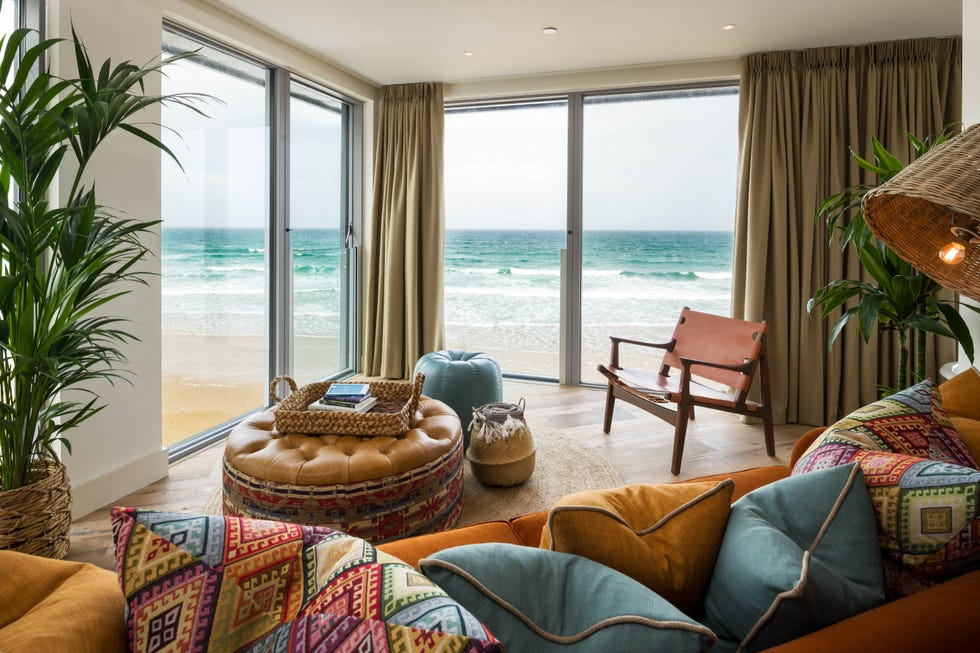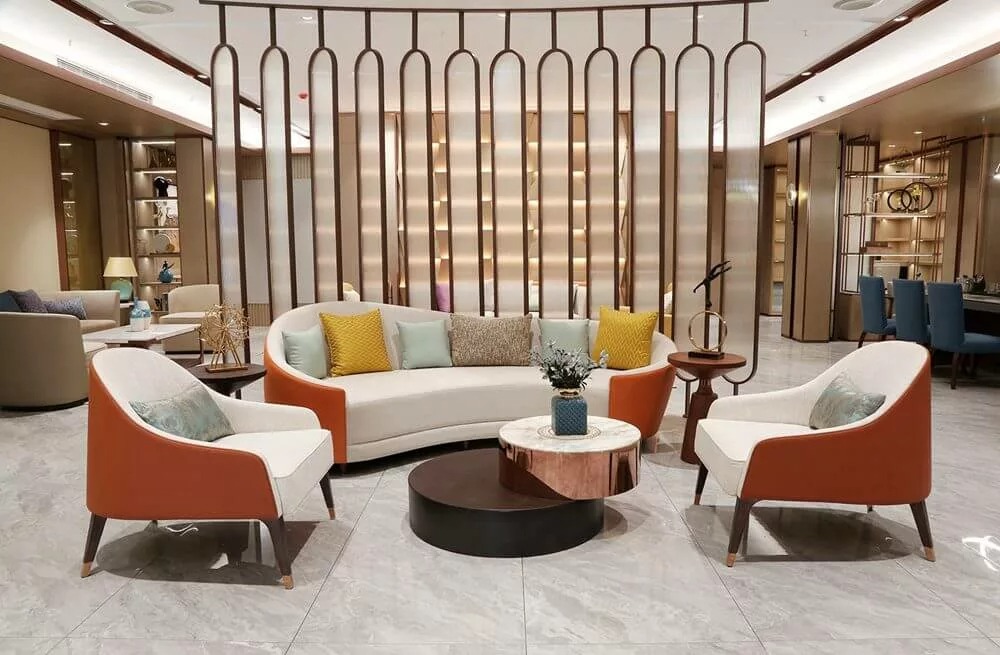Designing Headboards that Define Aesthetic Harmony in Hospitality Spaces
Thứ 2, 10/11/2025
Administrator
9
In hotel interiors, the headboard serves as the artistic and emotional anchor of the guestroom. Its form and texture influence both visual perception and comfort, linking function to brand identity. In this article, Ngoc Hoang Anh explores design and production principles that elevate headboards into works of hospitality craftsmanship.
1. The Headboard as the Centerpiece of Guest Experience
In hotel bedrooms, the headboard anchors both the visual composition and the guest’s emotional connection to the space. It defines the mood of the room and communicates the property’s sense of refinement. A beautifully designed headboard blends comfort, proportion, and craftsmanship, turning an ordinary sleep area into an experience of artistry and repose.
1.1 Defining the Guest’s First Impression
When a guest first enters the room, their eyes are drawn naturally to the bed. The headboard frames that moment of recognition, inviting a feeling of welcome and elegance. Its texture, scale, and color instantly set the tone for comfort and sophistication.
1.2 Reflecting Brand Personality through Design
Each headboard tells a story about the brand it represents. A minimalist wood panel conveys modern serenity, while intricate upholstery suggests classic grandeur. Through careful material and form selection, the design mirrors the property’s unique style and promise of quality.
1.3 Balancing Comfort, Scale, and Ambience
True refinement lies in balance. A headboard that complements the bed’s height, supports relaxed posture, and harmonizes with lighting creates an enveloping sense of calm. This careful proportion transforms visual beauty into physical comfort, enhancing the guest’s overall perception of care.

2. Materials and Construction Techniques
A well-designed headboard combines structure and artistry. Its materials determine not only the look and feel but also durability and maintenance over time. Selecting the right composition ensures that the piece remains elegant through constant use while reflecting the quality standards expected in hospitality interiors.
2.1 Solid Wood, Veneer, and Upholstered Variants
Each material offers a unique sensory and visual experience. Solid wood provides timeless strength and texture, veneer achieves refined finishes with efficiency, while upholstered headboards add warmth and tactile comfort ideal for luxury resorts.
2.2 Integration of Metal, Stone, and Decorative Accents
Combining complementary materials enhances visual depth and sophistication. Brushed metals, marble inlays, or subtle brass trims introduce contrast while maintaining harmony with other furniture elements in the room.
2.3 Upholstery and Stitching Details
Fine stitching, tailored seams, and precise edge finishing define craftsmanship at its highest level. These details reinforce structure, prevent fabric stretching, and communicate the quiet excellence that guests associate with premium hospitality brands.
2.4 Durability, Maintenance, and Fire Safety Standards
All headboards in professional hospitality settings must meet rigorous performance and safety standards. Compliance with EN and ASTM certifications ensures resilience against impact, wear, and fire exposure essential benchmarks for reliable OEM production.
3. Aesthetic Harmony and Spatial Integration
A headboard should harmonize with its surroundings, guiding the visual flow of the room while anchoring its atmosphere. Every proportion, line, and texture must work in unison with adjacent furniture and architectural surfaces. When these elements align, the bedroom feels balanced, intimate, and inherently luxurious.
3.1 Aligning with Bed Base and Wall Paneling
The transition between the bed frame, headboard, and wall defines spatial continuity. Precise alignment and consistent material palettes create a seamless look that feels intentional and effortless, enhancing the overall architectural coherence.
3.2 Creating Depth through Layering and Texture
Layering materials such as wood veneer, fabric, or metal detailing brings visual richness and dimension. Subtle contrasts in texture evoke warmth and depth, transforming the wall behind the bed into an immersive design feature.
3.3 Coordinating with Lighting and Accessories
The success of a headboard often lies in its dialogue with lighting and decor. Integrated LED accents, bedside lamps, or framed art can enhance its character, ensuring the room exudes both elegance and comfort in every detail.
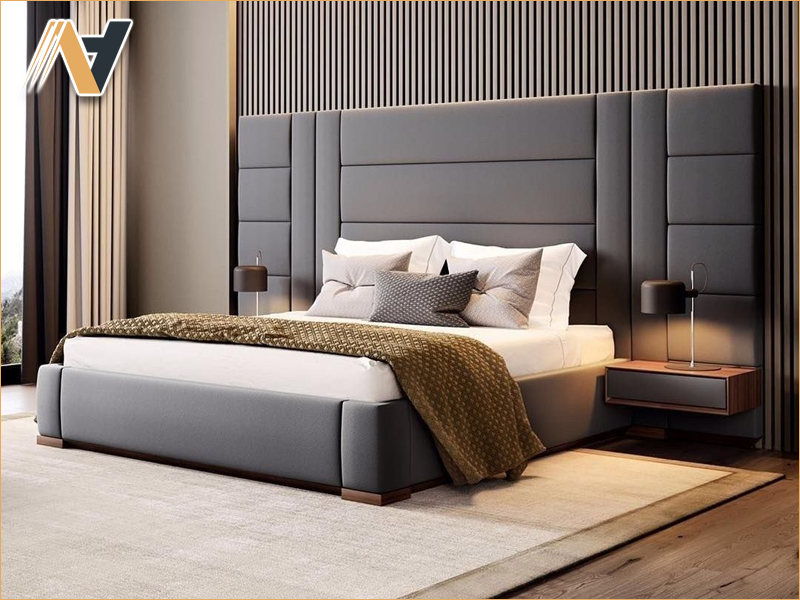
4. Customization and Brand Identity
Every hotel carries its own story, and the headboard becomes a canvas for that narrative. Custom design allows each property to express personality through form, texture, and proportion. When thoughtfully executed, a tailored headboard transforms a standard room into a distinct brand experience that guests remember.
4.1 Tailoring Designs to Hotel Concepts
A boutique resort may favor handwoven rattan patterns inspired by its locale, while an urban business hotel might choose sleek veneer and minimalist geometry. Customization ensures visual consistency across rooms while preserving individuality aligned with the property’s concept.
4.2 OEM Craftsmanship and Material Flexibility
Through flexible OEM production, Ngoc Hoang Anh offers hotels the freedom to combine diverse materials, finishes, and dimensions. Each piece is crafted with precision to meet global hospitality standards, merging brand identity with practical durability.
.png)
5. Sustainability and Future Trends
Modern hospitality design embraces sustainability not as a trend but as a philosophy of care. Headboards crafted with eco-conscious materials and thoughtful engineering contribute to longer lifecycles and reduced waste. Sustainability now coexists with beauty, inspiring new forms that respect both people and the planet.
5.1 Eco-Friendly Materials and Low-VOC Finishes
Sustainability begins with material selection. Certified woods, recycled composites, and low-VOC coatings reduce environmental impact while maintaining the refined finishes required in high-end interiors. These choices protect air quality and uphold the brand’s commitment to responsible design.
5.2 Modular and Replaceable Components
Designing modular headboards simplifies maintenance and extends product life. Replaceable panels or upholstered sections make refurbishment efficient, minimizing downtime and material waste in large hotel operations.
5.3 Evolving Styles in Resort and Boutique Interiors
The future of hospitality interiors leans toward organic textures, warm neutrals, and curved silhouettes. Headboards in natural wood tones, woven fabrics, or tactile weaves create a sense of calm sophistication suited to modern resort living.
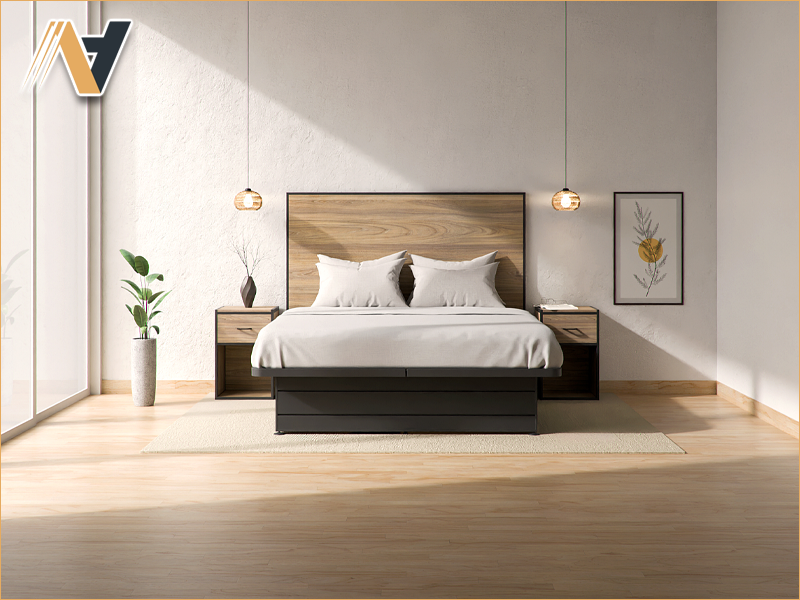
Conclusion
A hotel headboard carries the emotional weight of hospitality design, bridging comfort and artistic expression. Thoughtful proportions, premium materials, and precision craftsmanship turn this functional piece into a storytelling element that reflects brand identity. For projects seeking expert design and tailored production, Ngoc Hoang Anh offers professional Vietnam hotel furniture OEM services that combine durability, beauty, and brand coherence.
Contact us today for expert consultation and high-quality production support for your hospitality project.
-----
NGOC HOANG ANH TRADING COMPANY LIMITED
Tax Code: 3702874413
Address: No. 288/28/10 Huynh Van Luy Street, Zone 7, Phu Loi Ward, Ho Chi Minh City, Vietnam
Warehouse: No. 1/91, Thuan Giao 02 Street, Binh Thuan 2 Residential Quarter, Thuan Giao Ward, Ho Chi Minh City, Vietnam
Phone/Whatsapp/Wechat: +84342076666
Email: info@ngochoanganh.com.vn



